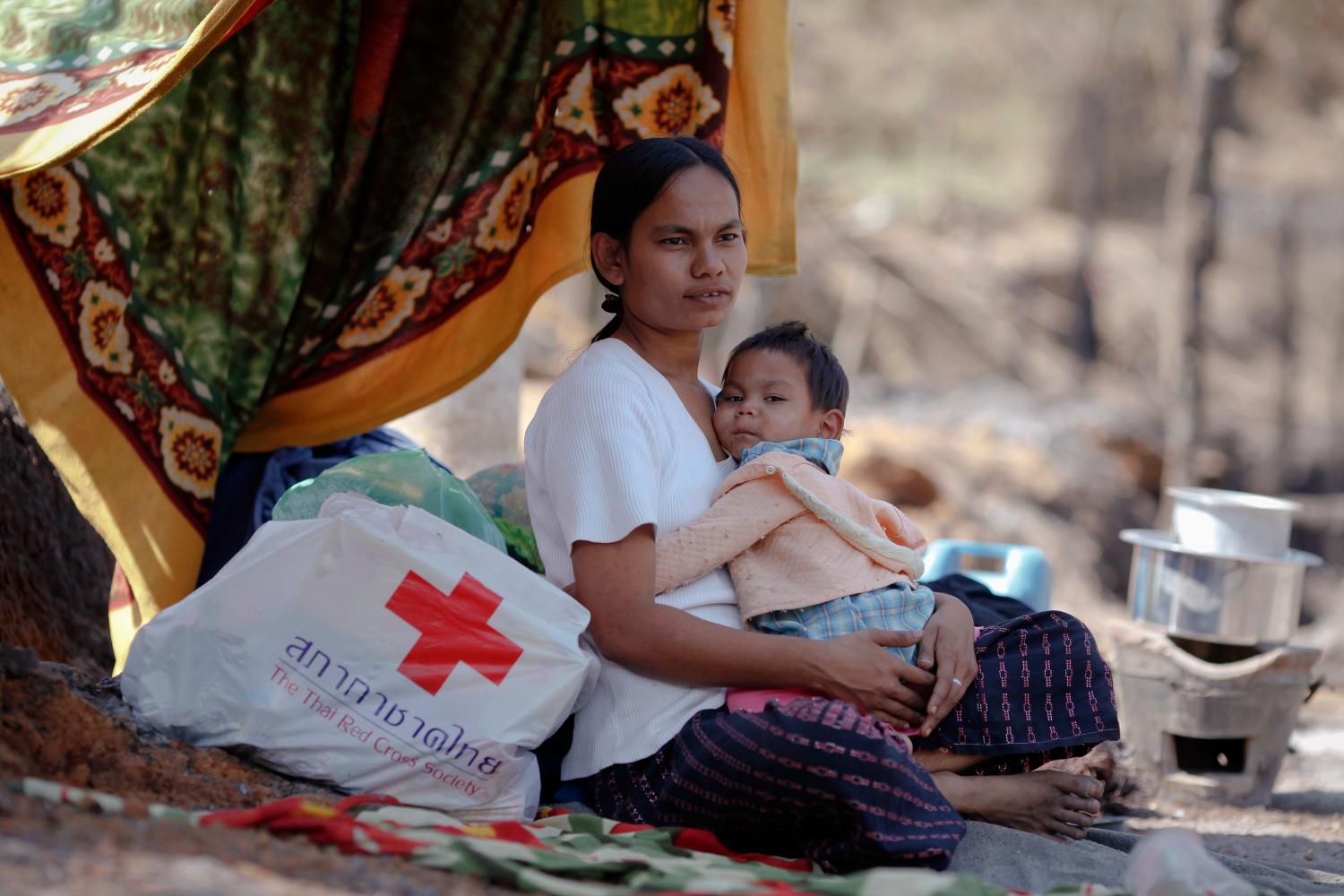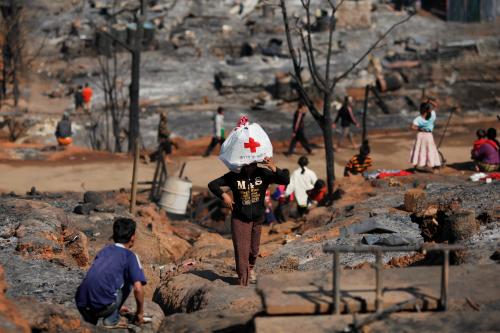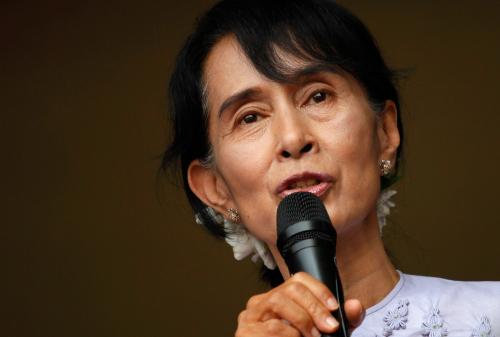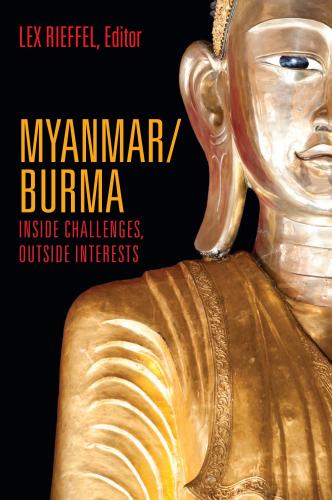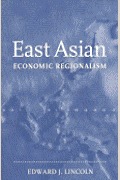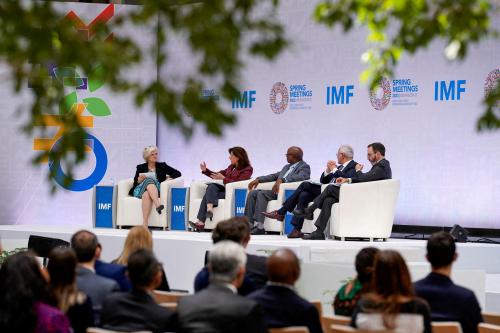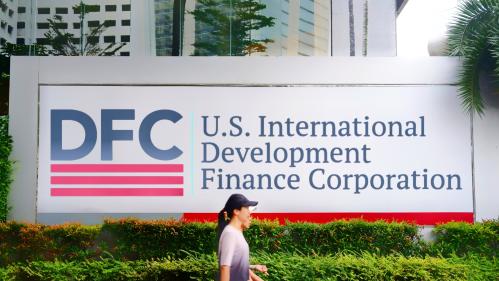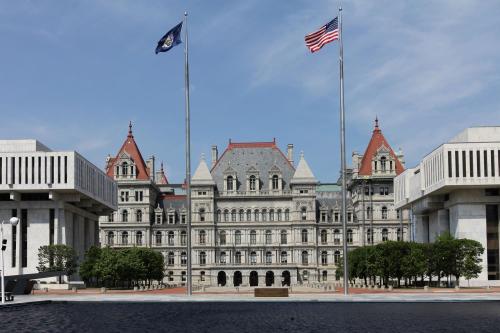INTRODUCTION
At the end of March 2011, Myanmar began an ambitious political transition led by newly elected President Thein Sein. Bold moves in his first year included opening a dialogue with opposition leader Aung San Suu Kyi, suspending construction of the Chinese-funded Myitsone Dam, and abandoning a grossly overvalued exchange rate in favor of a marketdetermined rate. These moves unleashed a swarm of visitors seeking to support the transition and “make a difference”: prime ministers, foreign ministers, heads of donor agencies and international NGOs, chief executives of multinational corporations, and many others.
The question posed in this report is whether the outpouring of foreign aid to Myanmar expected in the medium term (three to five years) will be more of a blessing than a curse. The question may seem unfriendly or ideological on the surface, but merits being taken seriously because of the experience of a handful of countries over the past 10 to 15 years that have suffered from large and rapid build-up of foreign aid.
As posed, however, the question is too stark. A gentler version is: what steps can be taken by aid donors and the Government of Myanmar to enhance the effectiveness of aid programs and projects, and mitigate possible adverse consequences?
Our report begins with a brief discussion of the dilemma of foreign aid to Myanmar: how it can be harmful despite the best intentions of the donors. We then present the policy implications of our findings, for the Government of Myanmar and for the donor community. The next two parts of the report describe the Government of Myanmar’s national planning process and the steps it is taking to manage foreign aid. We then assess donor performance against the principles of the Paris Declaration and the Busan Partnership. The last two parts describe donor activity in general terms and then individually for Myanmar’s major development partners.
We have included four appendices with different audiences in mind. Appendix A describes the historical, political, and economic context for readers who are not familiar with this background. Appendix B elaborates on the standards of aid effectiveness contained in the Paris Declaration and Busan Partnership. Appendix C highlights lessons learned from other countries that have been challenged by strong donor interest. Appendix D recounts newly independent Burma’s first experience with national development planning, featuring the work of the American economist Robert R. Nathan, and calls attention to a comparable Japansupported effort launched in 2001.
We should be clear about the limitations of our report on foreign aid for Myanmar. In particular, our knowledge of Myanmar is limited. Altogether we have spent less than six months inside the country over the past 45 years and we do not speak any of the local languages. Moreover, with our 50-year perspectives on economic development, we know that the world’s leading experts are still unsure how to explain China’s phenomenal progress or Argentina’s lack of progress. These experts are even more unsure about how to adapt lessons from global experience to a country like Myanmar that is undertaking a sweeping reform effort with a legacy of complex internal conflicts and poverty-inducing governance.

